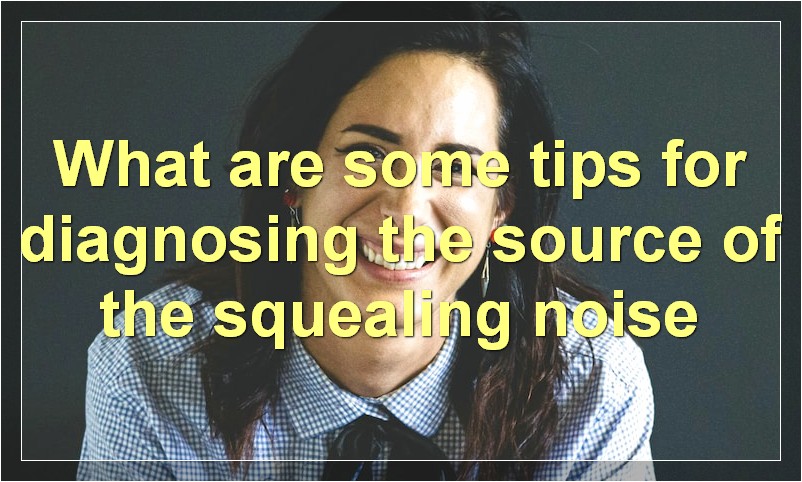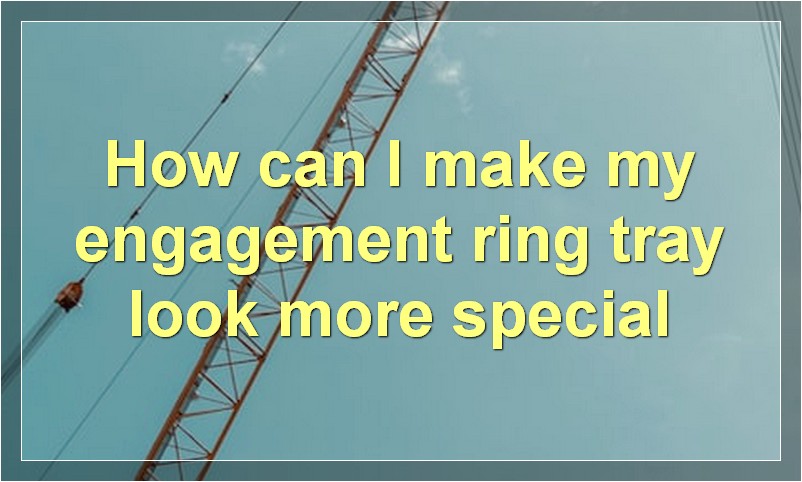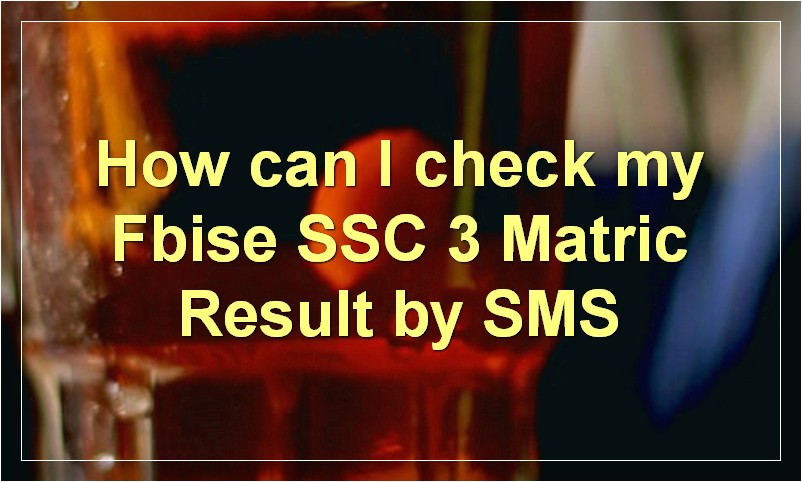In a world where people are constantly fighting for what they believe in, it’s important to know how to make your voice heard. One way to do this is through demonstrations and marches. And while marching is a great way to get your message across, having a well-made sign can make all the difference.
What are some tips for creating an effective protest sign?
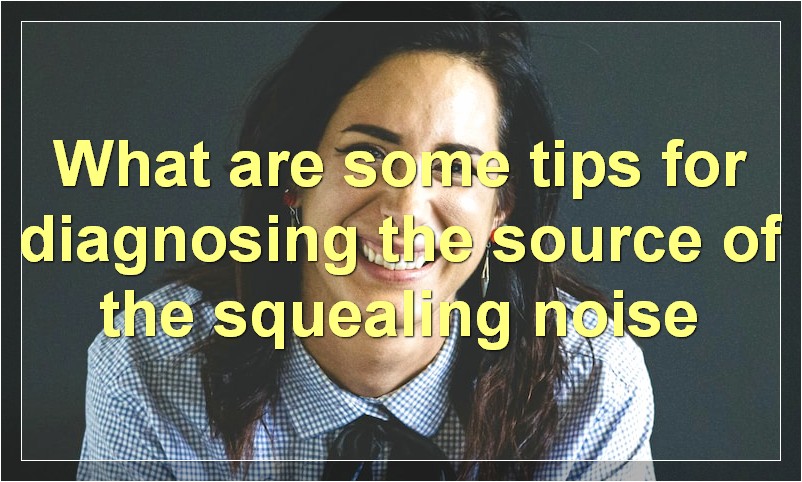
In today’s society, it seems like protests are becoming more and more common. Whether it’s protesting against police brutality, the current political administration, or even just to raise awareness for a cause you’re passionate about, protests can be an incredibly effective way to get your voice heard. And while there are a lot of different elements that go into planning and executing a successful protest, one of the most important is having an eye-catching and effective sign. After all, your sign is often the first thing people will see when they encounter your protest, so it’s important to make sure it’s saying exactly what you want it to.
Here are some tips for creating an effective protest sign:
1. Keep it simple.
Your sign should be easy to read from a distance, so avoid using too many words or complicated images. A few well-chosen words or a simple graphic can be much more impactful than a cluttered or busy sign.
2. Make it legible.
This ties in with keeping it simple – use clear, large text that can be easily read from a distance. Avoid using fancy fonts or small print; you want your message to be as accessible as possible.
3. Use strong language.
This is not the time for subtlety – your sign should make it crystal clear what you’re protesting and why. Be direct, use powerful language, and don’t be afraid to speak your mind.
4. Get creative.
Your sign doesn’t have to be boring or traditional – get creative and have fun with it! Think outside the box and come up with something that will really stand out in a crowd.
5. personalize it.
Your sign should represent you and your unique perspective, so don’t be afraid to get personal. This is your chance to share your story and connect with others who may feel the same way.
By following these tips, you can create a protest sign that is both effective and eye-catching – two essential ingredients for a successful protest
How can you make sure your protest sign stands out?
In a sea of signs at a protest, how can you make sure yours stands out? We asked experts for their tips.
As anyone who’s ever been to a protest knows, there are a lot of signs. And in today’s age of digital media and social networking, those signs can have a big impact beyond the physical event. They can be shared online, becoming part of the narrative of the movement or issue they represent.
But with so many signs out there, how can you make sure yours stands out? We asked experts for their tips.
1. Keep it simple
With so much happening at a protest, you want your sign to be easily readable from a distance. That means keeping the text short and sweet.
“You want to make sure your message is clear and concise,” says graphic designer Armin vit of Brand New. “The more complex your sign is, the less likely people are to understand it or read it.”
2. Make it visual
A good protest sign is not only about the words, but also about the images. “Images are worth a thousand words,” vit says. “So if you can find an image that succinctly communicates your message, that’s going to be far more impactful than a block of text.”
3. Use typography effectively
The way you use type on your sign can also be important. “Bold and all caps is always going to be more legible from a distance than regular weight or lowercase text,” vit says. “And using a simple sans serif font like Helvetica or Arial will also help with legibility.”
4. Consider the materials you use
The material your sign is made out of can also affect its readability and overall impact. For example, using a sheet of white paper will make your sign more visible against a busy background than if you use a dark-colored piece of cloth. And if you want your sign to last beyond one protest, consider using something more durable like cardboard or foam core.
5. Make it personal
One way to make sure your sign stands out is to make it personal to you. “Your sign should reflect who you are and what you care about,” says activist DeRay Mckesson. “It doesn’t have to be perfect – in fact, sometimes the most handmade signs are the most powerful. But it should be something that represents you and what you believe in.”
What are some common mistakes people make when making protest signs?
When it comes to making protest signs, there are a few things to keep in mind. First and foremost, your sign should be legible. This may seem obvious, but you’d be surprised how many people forget this basic rule. After all, what’s the point of having a sign if no one can read it?
Another common mistake is using too much text. Again, legibility is key here. Keep your message short and to the point. You want people to be able to read your sign from a distance, so avoid using small fonts or cramming too much information onto your sign.
Another thing to keep in mind is that protest signs are often seen by a wide range of people, so avoid using offensive language or imagery. Remember, you’re trying to win over hearts and minds, not alienate potential allies.
Finally, make sure your sign is sturdy and well-made. This isn’t the time for half-hearted effort – your sign should be able to withstand being carried around all day and possibly even being dropped or stepped on. A flimsy sign is not going to make the best impression.
So there you have it – a few tips to keep in mind when making protest signs. Just remember to keep it legible, concise, and respectful, and you’ll be sure to make a positive impact.
How can you make a protest sign that will last long enough to get your message across?
When it comes to making a protest sign, there are a few things you want to keep in mind in order to make sure your sign lasts long enough to get your message across. First, you want to use materials that are weather-resistant and won’t fade in the sun or be damaged by rain or wind. Second, you want to make sure your sign is big and bold enough to be seen from a distance. And finally, you want to choose a catchy slogan or image that will stay in people’s minds long after the protest is over.
If you keep these things in mind, you can make a protest sign that will last for years to come and make sure your message is heard loud and clear.
What materials should you use to make a protest sign?
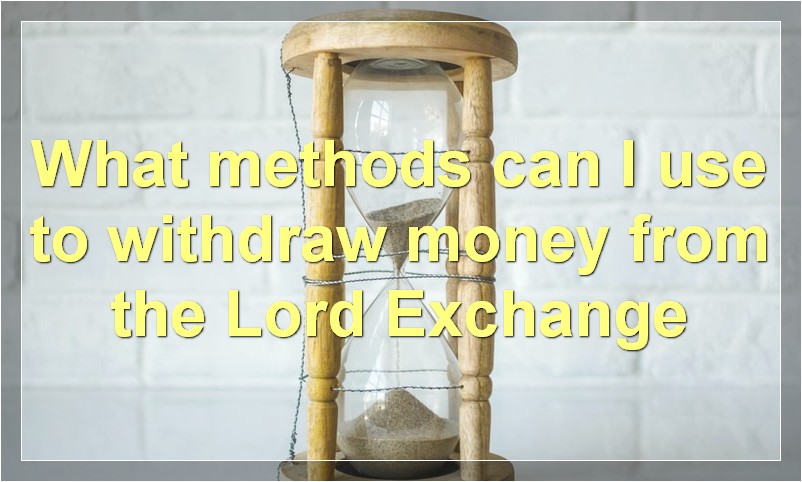
When you’re gearing up for a protest, one of the first things you need is a sign. But what kind of material should you use to make your sign? Here are a few options to consider.
Paper
Paper is probably the most popular choice for protest signs. It’s easy to find, easy to work with, and easy to dispose of when the protest is over. Plus, you can get really creative with paper signs. You can paint them, write on them, or even print out photographs or images to glue onto them.
Cardboard
Cardboard is another popular choice for protest signs. It’s sturdy, so it can withstand being held up for long periods of time, and it’s also easy to find and work with. You can use markers or paint on cardboard, or you can glue items onto it. Just be aware that cardboard can be a bit more difficult to dispose of than paper.
Poster Board
Poster board is similar to cardboard, but it’s usually thinner and easier to find in large quantities. It’s not quite as sturdy as cardboard, so it might not be the best choice if you’re planning on holding your sign up for a long time. But it’s still a good option for a protest sign.
Foam Core Board
Foam core board is similar to poster board, but it’s even lighter and easier to find in large quantities. It’s not as sturdy as cardboard or poster board, so it might not be the best choice if you’re planning on holding your sign up for a long time. But it’s still a good option for a protest sign.
Wood
Wood is a good choice for a protest sign if you want something that will last longer than a day or two. You can either paint or write on wood, or you can attach items to it. Just be aware that wood can be heavy, so it might not be the best choice if you have to carry your sign for a long distance.
Plastic
Plastic is a good choice for a protest sign if you want something that will last longer than paper or cardboard. You can either paint or write on plastic, or you can attach items to it. Just be aware that plastic can be slippery, so it might not be the best choice if you have to hold your sign up for a long period of time.
How should you design your protest sign to ensure it is readable from a distance?
When you’re protesting, you want your sign to be as visible as possible to passersby. That means taking some time to design it before you head out to the demonstration. Here are a few tips on how to make your protest sign readable from a distance.
1. Use large, block letters.
2. Keep the text simple and to the point.
3. Use bright, contrasting colors.
4. Avoid using small words or abbreviations.
5. If possible, use a symmetry or grid layout.
By following these tips, you can be sure that your protest sign will be readable from a distance, no matter how big or small the demonstration is.
What slogans or messages should you put on your protest sign?
When it comes to protesting, a clever and catchy slogan is key to getting your point across. Here are some of the best protest signs we’ve seen.
“The personal is political.”
This simple but powerful statement is often used to describe the feminist movement, but it can be applied to any situation where you’re fighting for your rights.
“Keep your laws off my body.”
This is a great rallying cry for anyone who wants to defend their right to bodily autonomy. From reproductive rights to trans rights, this slogan covers it all.
“No one is free when others are oppressed.”
If you’re fighting for social justice, this is the perfect sign for you. It reminds us that true freedom can only be achieved when everyone is treated fairly and equally.
“We will not be silent.”
This sign is perfect for anyone who wants to make their voice heard. It’s a powerful reminder that protests are about speaking up and being heard.
“This is what democracy looks like.”
A great sign for anyone who wants to show that they believe in democracy and the power of peaceful protest.
How can you make sure your protest sign sends the right message?
When you’re crafting a protest sign, there are a few things you’ll want to keep in mind if you want to make sure your message is clear and effective. First, consider what you want your sign to say. This might seem like a no-brainer, but it’s important to be specific and concise. A good protest sign should have a simple, declarative statement that can be easily understood by anyone who sees it.
Next, think about the visuals of your sign. The text is important, of course, but the way your sign looks is also critical. The colors you use, the font you choose, and the overall design of your sign can all influence how people perceive your message. Keep in mind that a protest sign is often seen from a distance, so make sure it’s legible and easy to read.
Finally, don’t forget that a protest sign is just one part of your overall protest strategy. In order to be truly effective, your sign should work in tandem with other elements like your body language, your tone of voice, and your overall demeanour. A well-crafted protest sign is a powerful tool, but it’s only one piece of the puzzle.
What are some other ways to make your protest more effective?
When it comes to protesting, there are a variety of ways to make your voice heard and your presence felt. While some opt for more traditional methods like marching or rallying, others are thinking outside the box to come up with more creative and effective ways to protest. Here are some alternative methods of protesting that you may want to consider the next time you’re looking to make a statement.
1. A Silent Protest
Sometimes, the most powerful thing you can do is say nothing at all. A silent protest can be incredibly impactful, especially if it’s done in a large group. This type of protest sends a clear message that you’re not going to tolerate injustice without speaking up.
2. A Die-in
A die-in is a type of protest where people lie down on the ground to symbolize those who have died because of the issue at hand. This can be an incredibly moving way to protest, and it’s sure to get attention.
3. A Sit-in
A sit-in is similar to a die-in, but instead of lying down, protesters simply sit on the ground and refuse to move. This is often used as a way to block access to an area or to disrupt business as usual.
4. A Lockdown
A lockdown is another form of protest where people physically block access to an area by linking arms or chaining themselves together. This is usually done in response to something that’s happening that the protesters feel is unjust or dangerous.
5. A March
A march is a classic form of protest that involves walking together in a large group. Marches are often used to raise awareness for a cause or to demand change.
6. A Rally
A rally is similar to a march, but instead of walking, protesters gather together in one spot to listen to speeches, chants, and songs. This is a great way to build energy and solidarity within a group.
7. A Boycott
A boycott is when people refuse to buy products or services from a company or participate in an activity in order to send a message. This can be an effective way toHit Them Where It Hurts – Their Walletstarget businesses or organizations that are supporting something you’re against.
8. A Strike
A strike is when workers refuse to work in order to protest something or demand change. This can be a powerful way to get attention and force those in power to take notice of the issue at hand.

